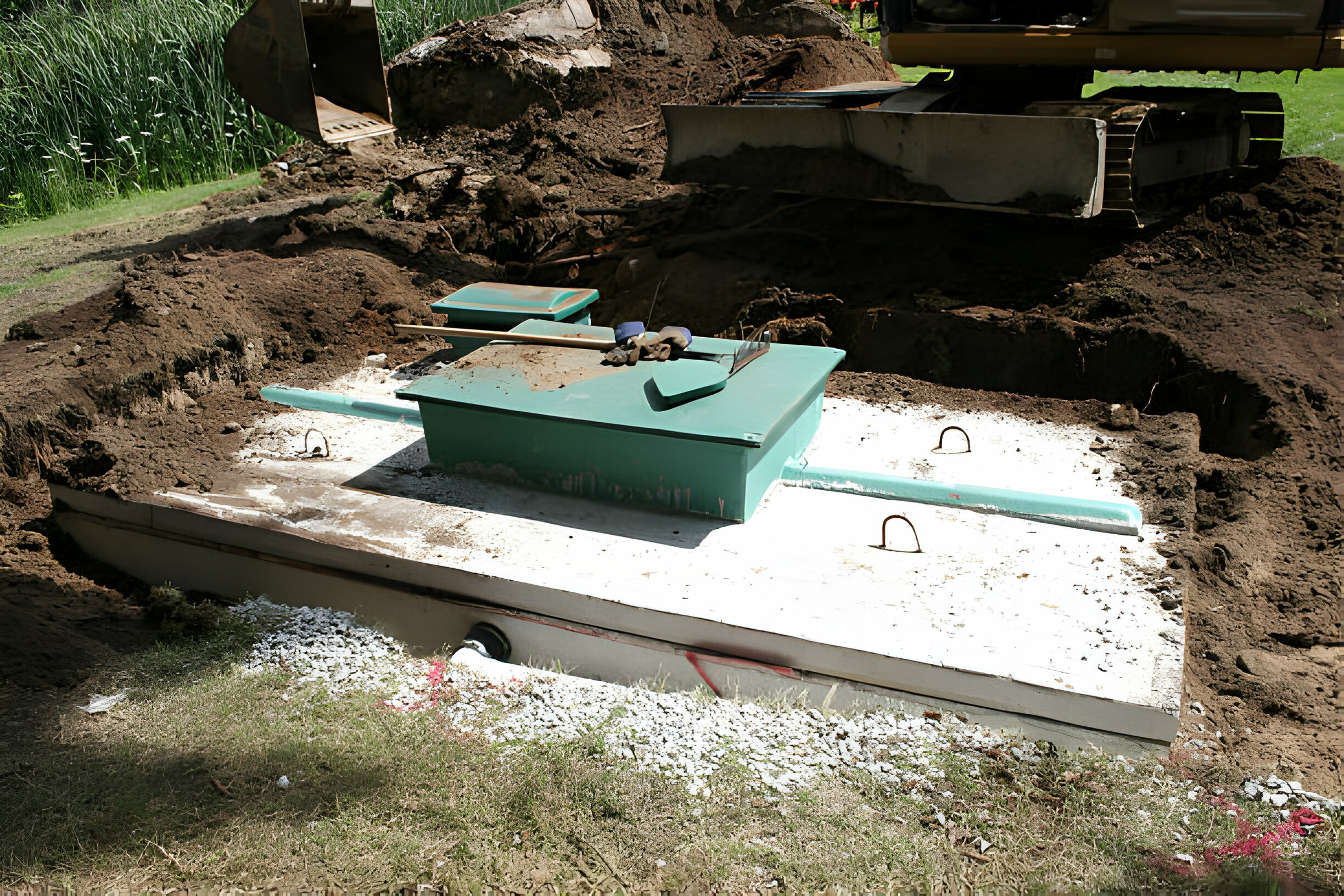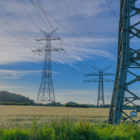Are you interested in learning about the best sewer system installation practices and guidelines? Ensuring sewer systems are installed correctly is important for keeping people and the environment safe. Doing it right stops sewage leaks and pollution, which can be dangerous and expensive. Also, regular upkeep stops clogs and spills, preventing health risks and property damage.
Following the rules means sewer systems last long and work well, helping communities for years. Guidelines cover everything from picking the right spot to what materials to use and ensuring systems are strong and last. Following rules and standards is key to keeping things safe and green. Training programs teach pros how to do things the best way.
5 Sewer System Installation Practices and Guidelines
Proper Site Evaluation
Before starting any sewer system project, it is important to check out the site well. This means looking at things like the soil, how the land is shaped, what’s already there, and what the rules are. Knowing all this stuff helps choose the best way to install the sewer pipes and where to put them. Also, finding any problems or environmental issues early prevents things from getting held up and ensures everything follows the local rules.
Correct Pipe Selection and Sizing
Picking the right pipes for the sewer system is necessary to ensure it works well and lasts a long time. Consider what the pipes are made of, how big they are, and if they resist rust. Some common pipe materials are PVC, HDPE, and vitrified clay.
Each one has its own good points and should be picked based on what the soil is like, how much use the pipes will get, and what’s around them. Ensuring the pipes are the right size for how much stuff will flow through them helps stop clogs and means less fixing up later.
Proper Installation Techniques
Ensuring sewer systems are installed correctly is crucial for making them last and work well. This means digging trenches the right way, lining up pipes, and filling them back in properly. Trenches must be dug just right, with the pipes at the correct angle to let stuff flow well. It’s also important to put pipes together correctly and seal them tight to stop leaks. When filling the trench back in, the dirt must be packed well to avoid sinking and other problems later on.
Effective Quality Control Measures
To catch and fix problems quickly, it is necessary to ensure things are done right during the whole sewer system installation. This means checking materials, how things are put together, and what the site looks like regularly.
Inspectors need to ensure that all the materials are what they should be and that everything is put in the right place according to the rules. If anything isn’t right, it needs to be fixed right away to prevent problems later on. Keeping records of inspections and fixes shows that everything is done how it should be.
Ongoing Maintenance and Monitoring
Keeping an eye on the sewer system after it’s installed is essential for keeping it working well for a long time. This means checking the pipes, manholes, and other parts often to see if anything’s broken, clogged, or falling apart. Sometimes, cleaning out any gunk blocking the pipes is important to keep things flowing smoothly and avoid backups.
Also, keeping track of how much stuff goes through the system and how well it’s working can help spot problems early and prevent big, expensive fixes later on. By taking care of the sewer system regularly, everyone involved can ensure it lasts a long time and works great.
Conclusion
Following the best sewer system installation practices and guidelines is necessary for optimal results. This means checking out the site well, picking the right pipes, and ensuring everything’s done right during the installation. Also, putting pipes in the right way and keeping an eye on them afterwards helps keep everything working well for a long time. By doing this, everyone involved can ensure sewer systems keep people safe and the environment clean while working as well as possible.





